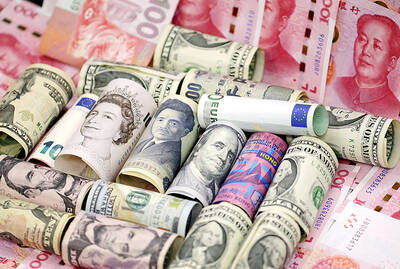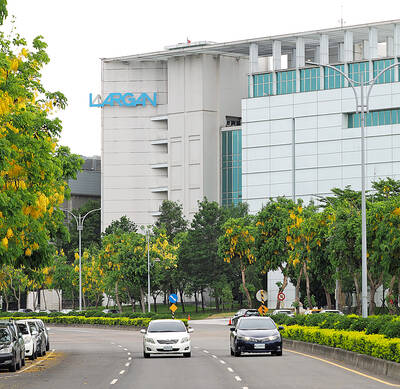Iron ore is veering to a new crisis as prices for future delivery of the commodity slid 30 percent in the space of a month, while its outlook is now more bearish than oil and more dire than ever for miners struggling to stay in business.
Prices of the steelmaking ingredient for immediate delivery have slumped 60 percent over the past year as demand, particularly from China, slowed rapidly.
Despite the crumbling cash market, miners had been able to hedge future production at prices well above spot levels. Indeed, a month ago, miners could still sell 2017 output at close to US$70 a tonne even as prices for this month fell below US$60 for the first time in more than five years.
Forward iron ore prices have since tumbled below US$47 for deliveries all the way until the end of 2017, depriving nearly all miners of any chance to establish hedges at or above breakeven levels during that period.
A combination of factors brought about the recent capitulation in forward prices, most notably news that China plans to subsidize its iron ore sector to protect its flagging steel industry. Subsidies would help keep mines open and keep supplies flowing.
Aggressive shipments from Australian and Brazilian exporters have also hindered forward prices.
As prices fall even further, “it will be an issue of cash flow, and those miners without the cash to ride out the storm are going to go under,” said Jeremy Platt, an analyst at London-based steel consultancy MEPS.
Only three of the world’s top 10 largest iron ore miners are estimated to remain profitable at those prices, with Rio Tinto PLC and BHP Billiton Ltd projected to have breakeven costs of about US$35 to US$36 a tonne and Fortescue estimated at about US$44 a tonne, according to UBS.
All other miners, including the world’s largest, Vale SA, are estimated to have production costs of more than US$50 a tonne, and so are now faced with a quandary with nearby as well as deferred prices entrenched below that level.
Market participants say they are watching for signs that high-cost producers outside of China might accelerate cutbacks in production amid deteriorating cash flows and limited revenue potential.
Meanwhile, iron ore miners have struggled to find credit, with US investors reportedly selling out of Australian mining companies’ bonds due to plunging iron ore prices.
Last month, Australia’s Fortescue Metals Group Ltd, the world’s fourth-largest iron ore miner, had to pull a US$2.5 billion high-yield bond issue due to a lack of investor interest.
“It’s a war of attrition and it’s going to be a pretty ugly situation for quite a long time, with iron ore prices staying fairly subdued over the medium term as supply pressures continue,” MEPS analyst Jeremy Platt said.

Taiwan’s foreign exchange reserves hit a record high at the end of last month, surpassing the US$600 billion mark for the first time, the central bank said yesterday. Last month, the country’s foreign exchange reserves rose US$5.51 billion from a month earlier to reach US$602.94 billion due to an increase in returns from the central bank’s portfolio management, the movement of other foreign currencies in the portfolio against the US dollar and the bank’s efforts to smooth the volatility of the New Taiwan dollar. Department of Foreign Exchange Director-General Eugene Tsai (蔡炯民)said a rate cut cycle launched by the US Federal Reserve

Handset camera lens maker Largan Precision Co (大立光) on Sunday reported a 6.71 percent year-on-year decline in revenue for the third quarter, despite revenue last month hitting the highest level in 11 months. Third-quarter revenue was NT$17.68 billion (US$581.2 million), compared with NT$18.95 billion a year earlier, the company said in a statement. The figure was in line with Yuanta Securities Investment Consulting Co’s (元大投顧) forecast of NT$17.9 billion, but missed the market consensus estimate of NT$18.97 billion. The third-quarter revenue was a 51.44 percent increase from NT$11.67 billion in the second quarter, as the quarter is usually the peak

The US government on Wednesday sanctioned more than two dozen companies in China, Turkey and the United Arab Emirates, including offshoots of a US chip firm, accusing the businesses of providing illicit support to Iran’s military or proxies. The US Department of Commerce included two subsidiaries of US-based chip distributor Arrow Electronics Inc (艾睿電子) on its so-called entity list published on the federal register for facilitating purchases by Iran’s proxies of US tech. Arrow spokesman John Hourigan said that the subsidiaries have been operating in full compliance with US export control regulations and his company is discussing with the US Bureau of

Pegatron Corp (和碩), a key assembler of Apple Inc’s iPhones, on Thursday reported a 12.3 percent year-on-year decline in revenue for last quarter to NT$257.86 billion (US$8.44 billion), but it expects revenue to improve in the second half on traditional holiday demand. The fourth quarter is usually the peak season for its communications products, a company official said on condition of anonymity. As Apple released its new iPhone 17 series early last month, sales in the communications segment rose sequentially last month, the official said. Shipments to Apple have been stable and in line with earlier expectations, they said. Pegatron shipped 2.4 million notebook